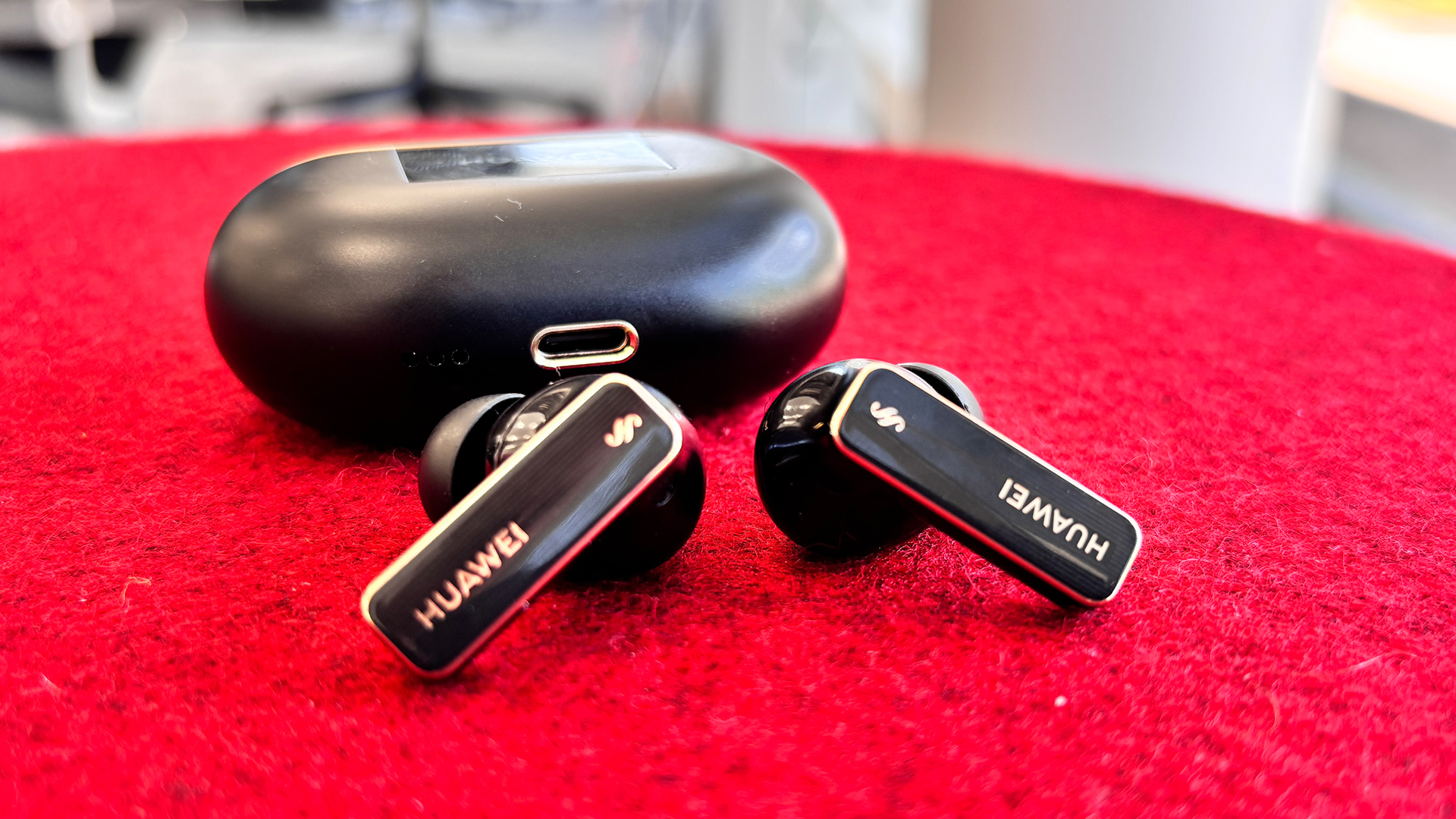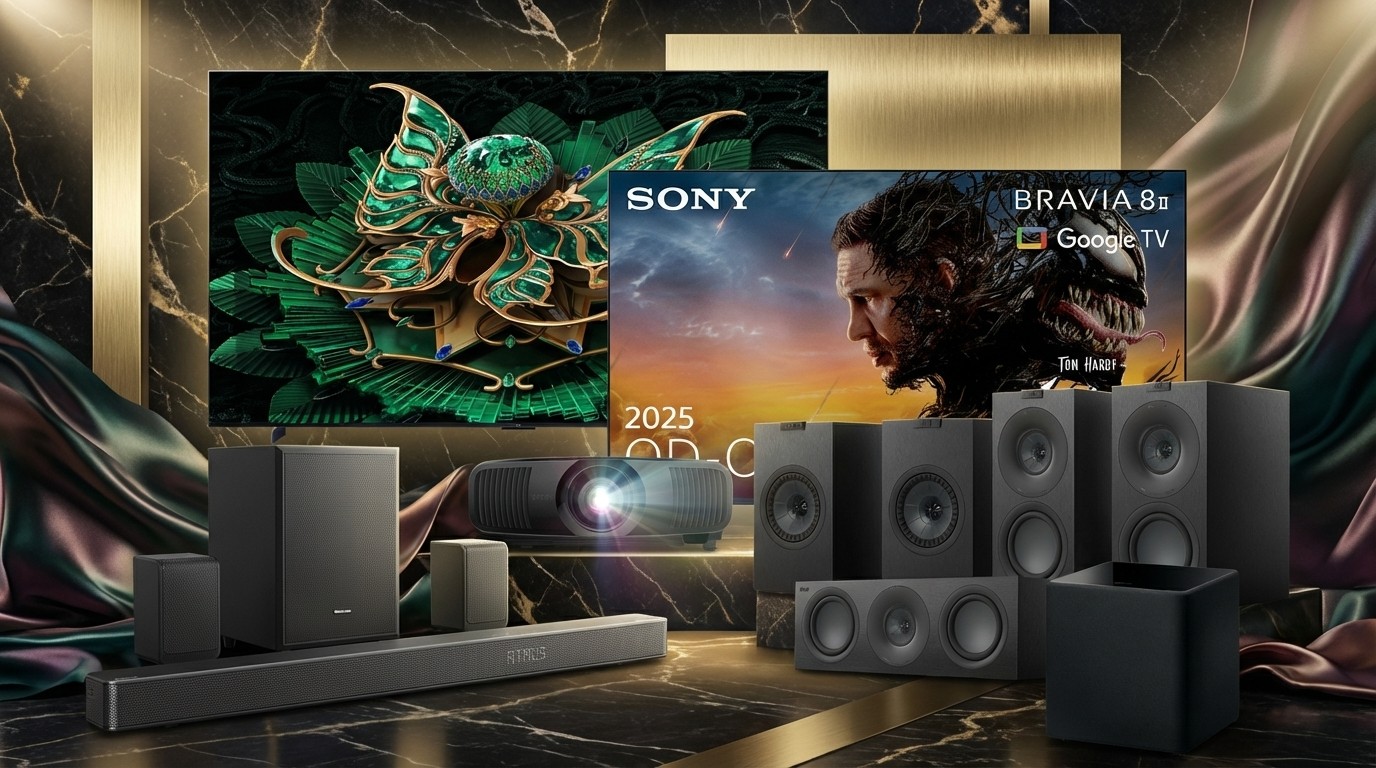What Hi-Fi? Verdict
The FreeBuds Pro 4’s clean, detailed sound could have serious appeal, but too many blind spots make them tough to recommend
Pros
- +
Reasonably clean, detailed midrange
- +
Comfortable and classy design
- +
Plenty of ear tip options
Cons
- -
Rivals offer greater dynamic range
- -
Sound a little soft, especially in the bass
- -
Can sound confused
- -
Many features are Huawei-only
Why you can trust What Hi-Fi?
It seems as though everybody makes wireless earbuds these days. It’s not just dedicated audio manufacturers that send their wire-free hopefuls out to bat, but an absolute swathe of brands which, whether best known for their swanky smartphones or even their stylish sportswear (we’re looking at you, Adidas), want a slice of that tasty wireless pie.
Apple remains the dominant force, but the likes of Samsung and Google are built to fit with their respective tech giants’ given range of branded smartphones, be it the Galaxy Buds 3 Pro 3 with Samsung’s flagship Galaxy range or Google’s series of in-house Pixel buds.
Then there’s Huawei. The Chinese juggernaut has been making dedicated earbuds since 2018, and while the results have been mixed, you could never accuse them of playing it safe – just look at the sonically flawed but innovative open design of the Huawei FreeClip for proof.
What we have here are some of Huawei’s costliest and most highly specified earbuds to date. If any pair is going to convince us that this is a company capable of producing great wireless earbuds, it’s going to be the FreeBuds Pro 4, but do they have the sonic talents to compete?
Price
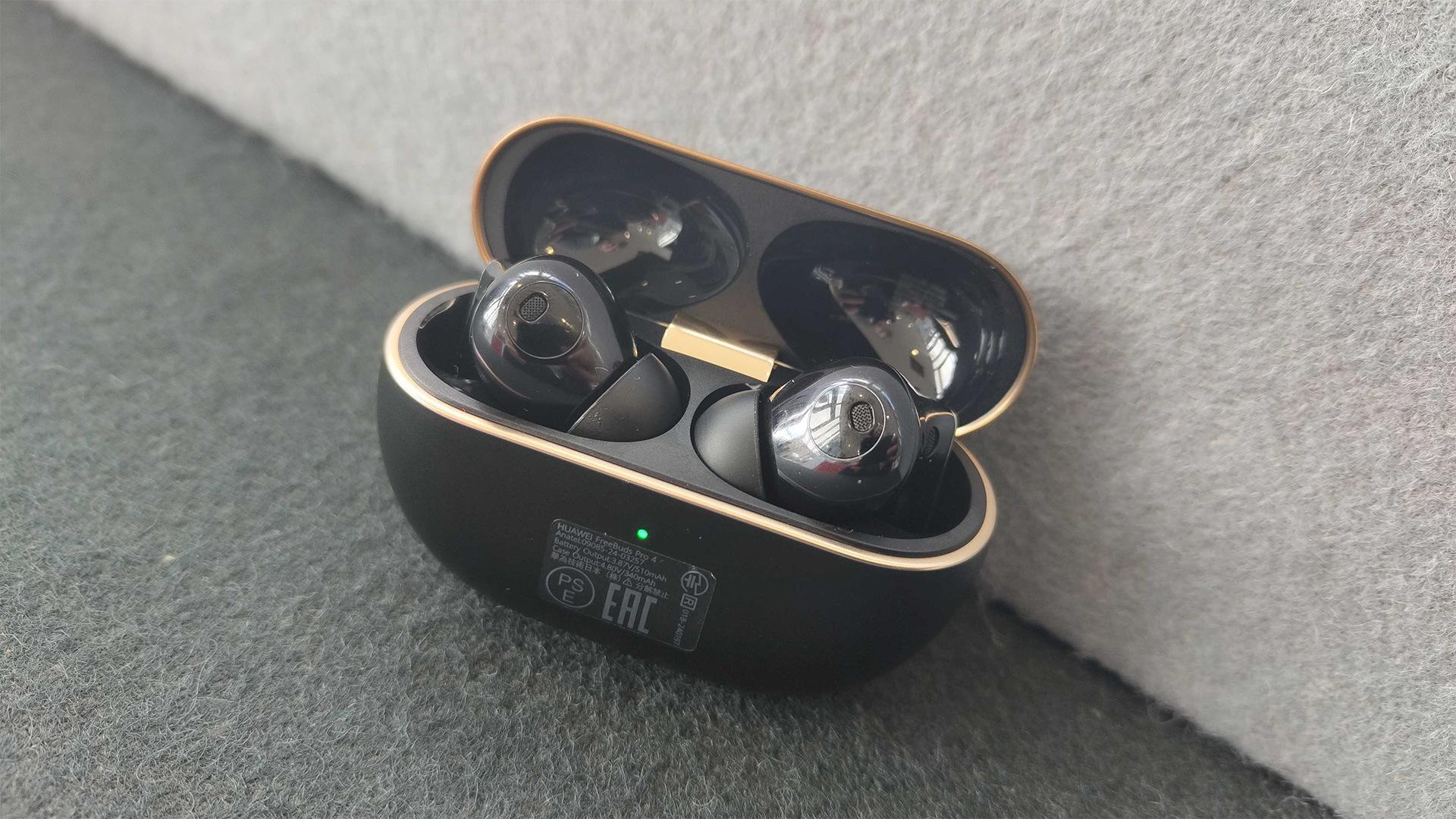
The Huawei FreeBuds Pro 4 sit in an interesting tranche within the wireless earbuds market.
Officially priced at £180 / $200 / AU$350 and now available for around £130 in the UK, they’re below the premium territory occupied by the Sony WF-1000XM5 (now around £219 / $299 / AU$350) and the Apple AirPods Pro 2 (tested at £249 / $249 / AU$399).
However, they sit above the likes of the Cambridge Audio Melomania M100 (currently £119 / $200) and the five-star affordable Sony WF-C710N (£100 / $120 / AU$189). So there’s a real opportunity to make an impact in this mid-range bracket.
The latest hi-fi, home cinema and tech news, reviews, buying advice and deals, direct to your inbox.
Build & comfort
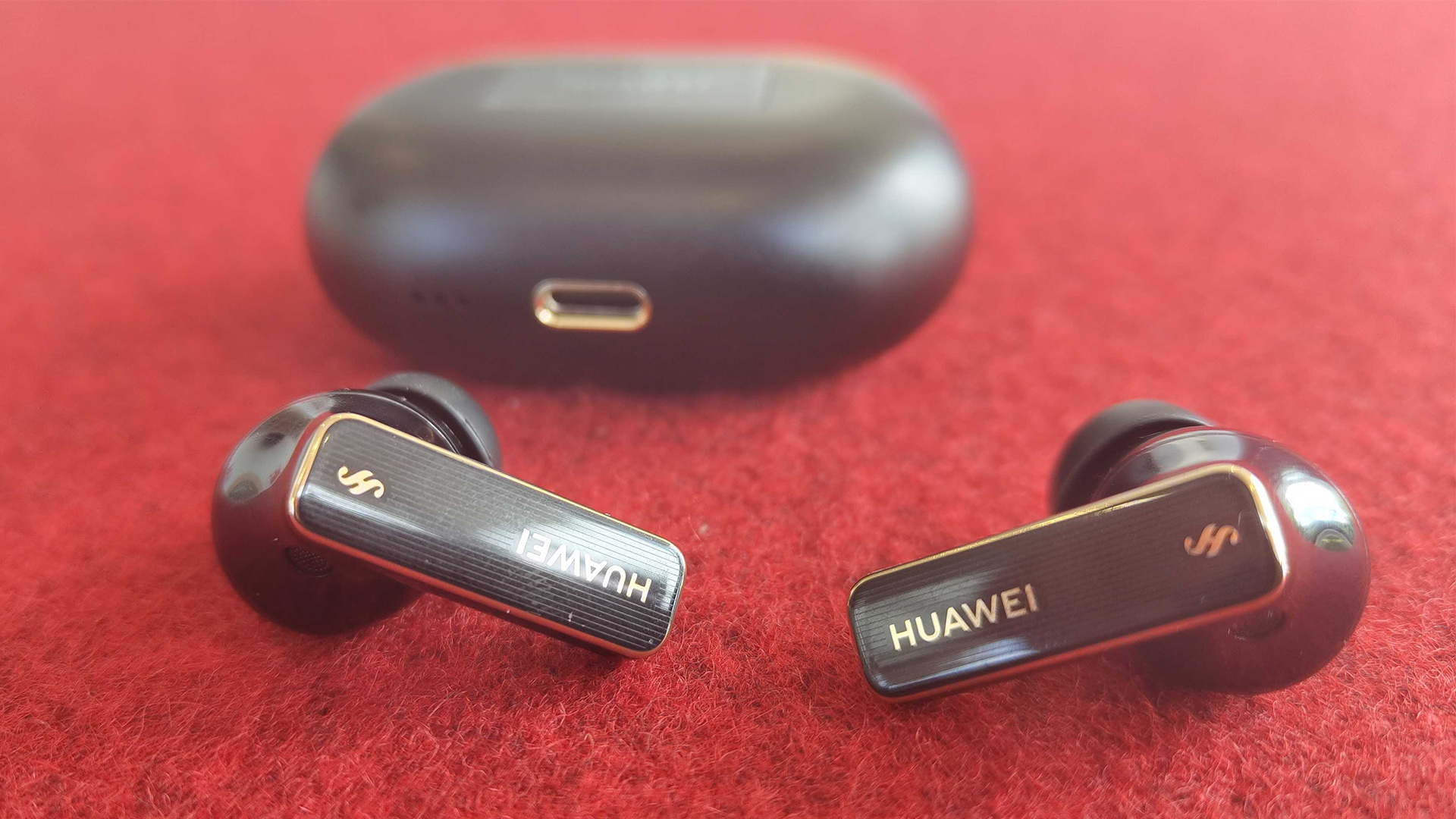
Style and build quality have rarely been areas in which we’ve considered Huawei needs to dramatically improve in order to rub shoulders with the best in the business.
We were impressed with the design and quality of the FreeClip open earbuds, and it’s a similar story with the more traditional FreeBuds Pro 4.
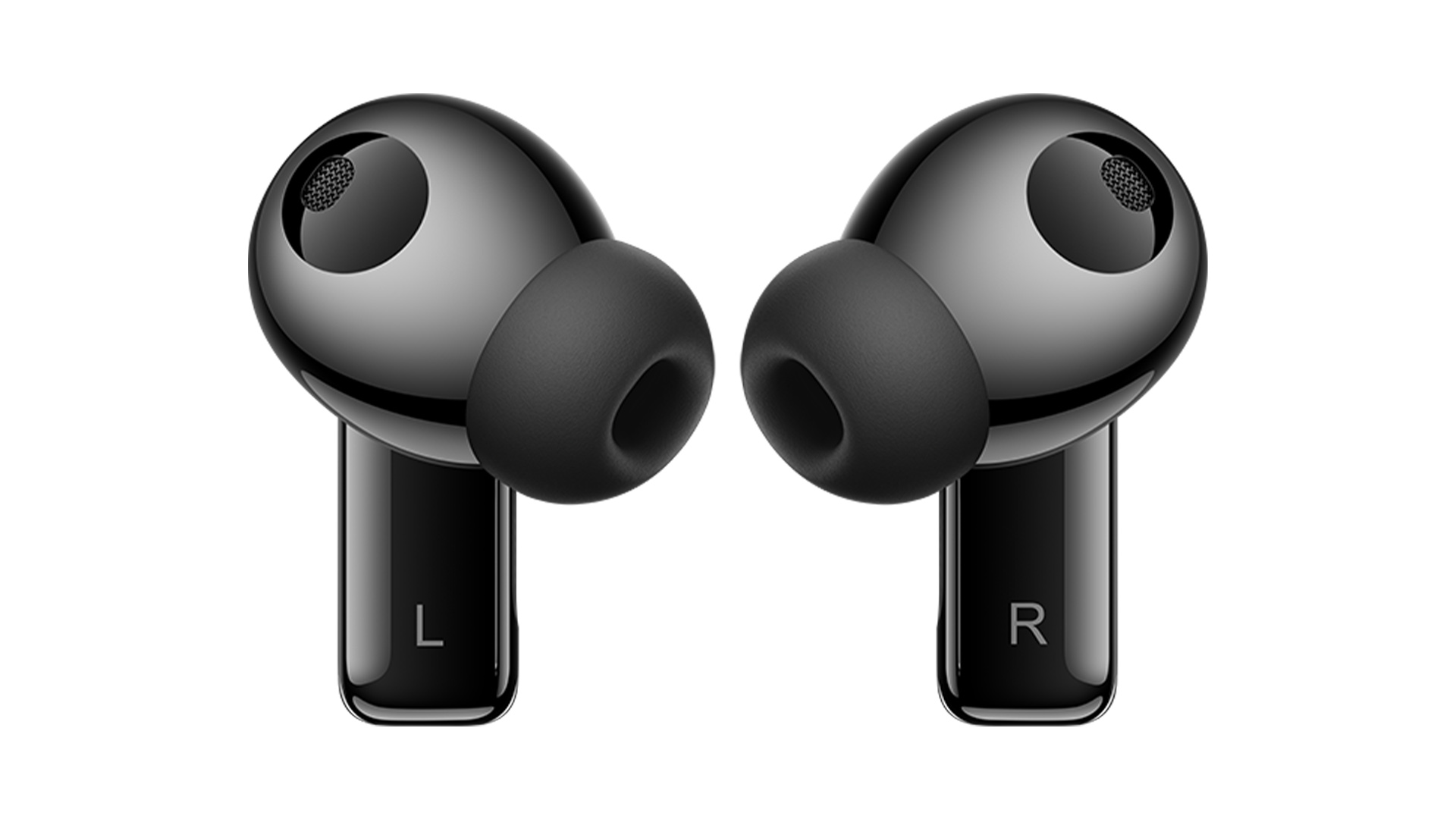
Bluetooth 5.2
Codec Support AAC, SBC, L2HC, LDAC, aptX HD
Noise-cancelling? Yes
Features IP54 waterproof rating, voice calls, Bluetooth Multipoint
Battery life 7 hours (earbuds), 33 hours (total)
Finishes x 3 (white, black, green)
Weight 5.3g per bud
Care and attention have been taken to ensure they look and feel the part, from the pebble-like charging case (weird that it opens up back to front, though) to the stem-sporting buds themselves.
Our black and gold pair oozes class, and we particularly like those subtle vertical lines which mimic the musical stave of sheet music while bringing to mind the elegance of a classical stringed instrument. Classy.
What we like even more is that Huawei has supplied a decent number of ear tip options for its flagship buds, and we’re delighted that three pairs of memory foam tips are provided alongside three extra silicone options, with both sets featuring small, medium and large sizes.
Once you’ve selected your preferred material, the FreeBuds Pro 4 nestle in rather well, with their general structure, configuration and balance being conducive to achieving a stable fit.
They won’t irk you over longer listening sessions, and in our experience, won’t make a bid for freedom if you do a big yawn or move your head from side to side.
Features

While designed primarily to work with Huawei-branded smartphones, the FreeBuds Pro 4 can be used with other devices, albeit with some caveats. One of those major provisos comes with regard to 24-bit/48kHz lossless audio via Huawei’s own L2HC codec, a handy boon which only works with recent Huawei smartphones such as the flagship Mate X6.
For non-Huawei devices, you get the aptX HD and LDAC codecs if you have a compatible source player, as well as the standard SBC and AAC codecs for all.
The dedicated Huawei app is equally available for all Huawei smartphone owners, and is also easily downloadable via the Apple Store for iOS devices. However, it’s not available (due to political reasons) from the Google Play Store.
If you do want to access the app on an Android device, it’s a tricky process of downloading the Huawei AppGallery platform first, then downloading the required app from there.
Unfortunately, we tried many times but couldn’t get this to work during our tests with Sony’s flagship Xperia 1 VII smartphone, with the app not recognising the earbuds at all.
We stick to using our iPhone 15 for the majority of our testing, with Sony’s more premium Xperia 1 VII model coming in handy for its LDAC codec compatibility when testing sound.
Battery life numbers are strong, though. With active noise cancelling (ANC) on, the FreeBuds Pro 4 will grant you up to 33 hours of playback in total with the case included, while the buds themselves tend to last around seven hours if you don’t push the volume too far.
That’s not quite as impressive as the long-lasting Cambridge Audio Melomania M100’s 52 hours of total life, but it does roughly keep up with the 8.5 hours (buds) and 30 hours (total) of the five-star Sony WF-C710N.
The FreeBuds Pro 4 offer an admirably in-depth touch control configuration from which you can use your chosen combination of taps, pinches and swipes to achieve your desired control preference. We find no issues with the pinches and swiping motions, but the earbuds often don’t respond when we give our test pair a gentle tap on their outer stems.
Elsewhere, the increasingly popular audio sharing protocol Auracast isn’t available, but Bluetooth Multipoint – which Huawei has branded ‘Seamless Switch’ – lets you flip between two connected devices more easily.
Noise cancelling & call quality
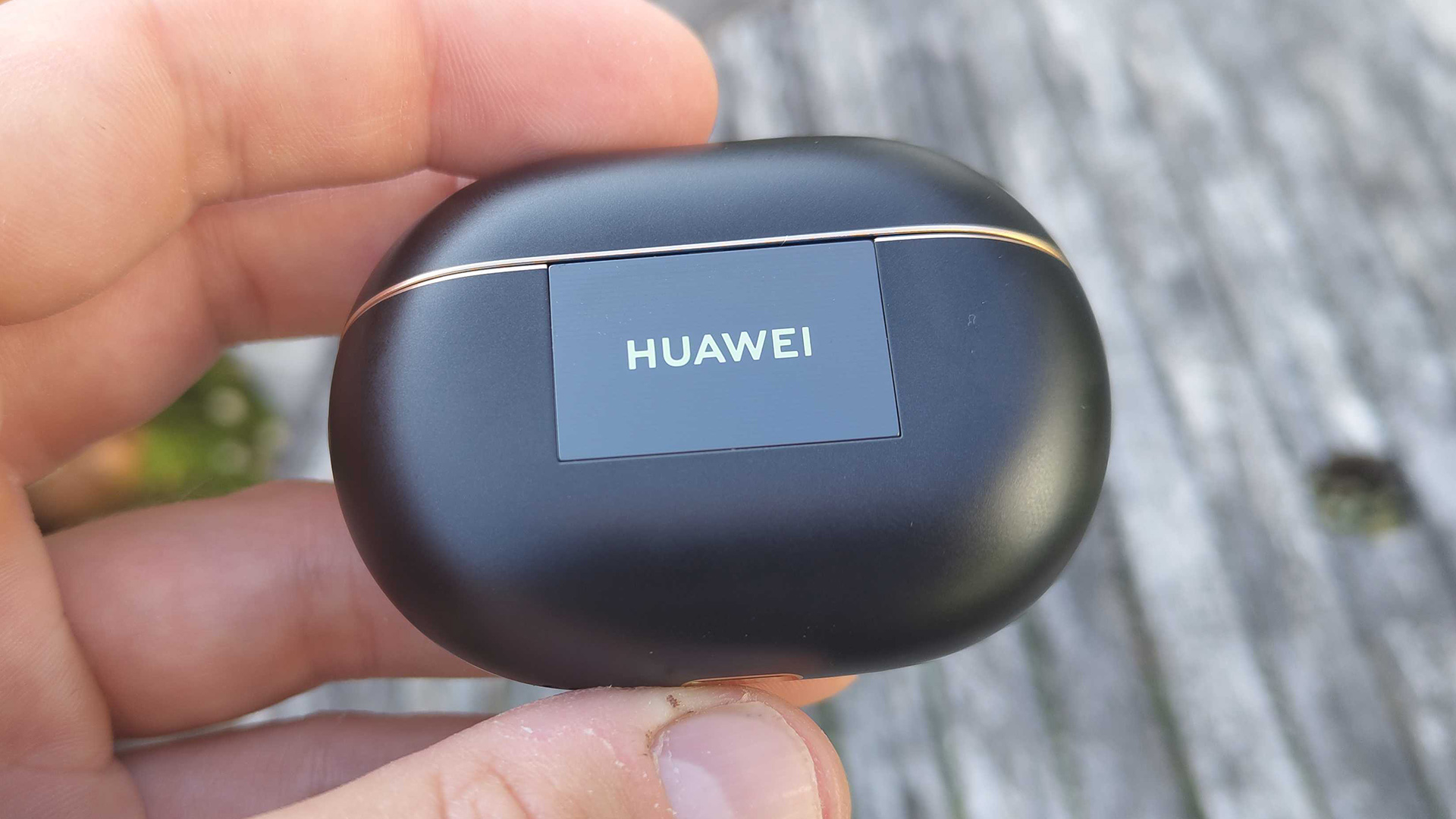
Superficially, the FreeBuds Pro 4 appear to offer two main noise-cancelling modes – a passthrough awareness mode and a standard setting – but it’s a little more complicated than that.
Within standard noise cancelling, you’ll discover four sub-settings – dynamic, cosy, general and ultra – with the former adjusting to your surroundings on the fly and the rest dialling up the strength of your experience depending on how much environmental noise is about.
For a busy (and decidedly hot) ride on the London Underground, we whacked things all the way up to ultra. The FreeBuds Pro 4 aren’t able to block out completely the usual screeches and clanks of the rickety old Central Line train. We find the Sony WF-C710N are better in this regard, but the Huawei buds do soften the impact enough for us to at least notice a difference and enjoy a more pleasant experience during our sweltering commute.
The summer sunshine also gives us the chance to test how well voice calls fare when we’re outside. The results are solid, with the FreeBuds Pro 4 managing to exclude the outside world enough so that we can conduct our conversations without too much impediment.
The resultant quality of human speech isn’t stunning, however, as voices lack the warmth and authenticity of more competent rivals.
Sound
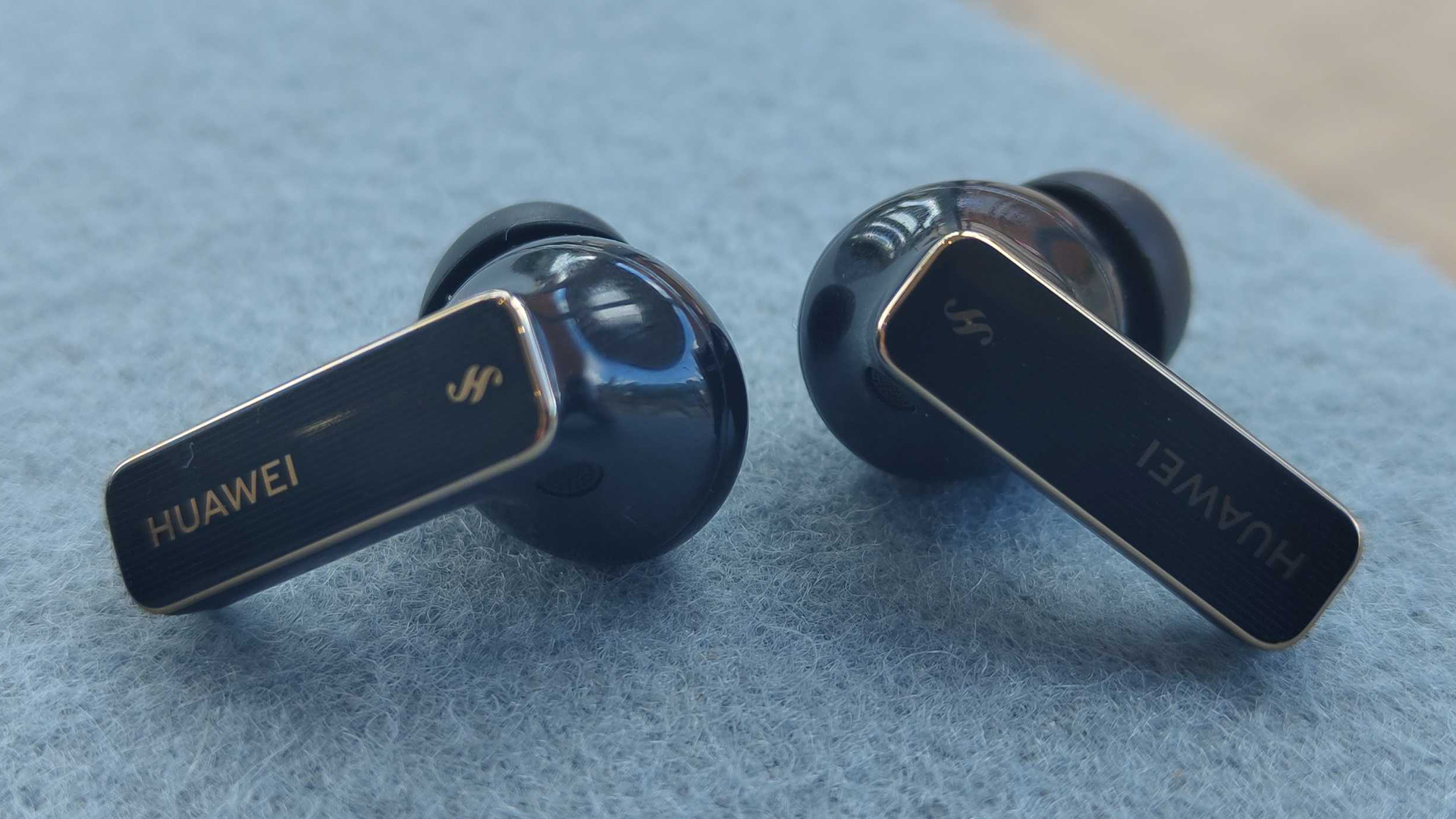
From the off, the FreeBuds 4 are the kind of buds that sound likeable, even impressive, upon first listen. They’re clean, spacious and refined, especially through the more costly Xperia, characteristics which immediately make a listener well-disposed to their apparent sonic charms.
There are ample levels of textural detail to be discovered, too. The FreeBuds Pro 4 are talented enough to pick out sufficient instrumental detail to keep us involved in our tunes, especially when it comes to midrange timbres from guitars, piano keystrokes and sung vocal passages.
Radiohead’s Fake Plastic Trees plays to the FreeBuds Pro 4’s strengths as they nimbly reveal the textures of each guitar strum and the particulars of Thom Yorke’s anxiety-ridden vocals. The buds’ strong clarity levels only add to our initial affections, and there’s very little in terms of colour or muddiness acting as an impediment to our catalogue of test tunes.
There are flaws, however, and the more we listen, the more they become apparent. Yes, these are clear, spacious and detailed performers, but sometimes these characteristics can leave us feeling as though our music is being clinically analysed rather than gleefully performed.
Gojira’s anthemic Our Time Is Now is clear and clean, but there’s not quite enough energy or raucous abandon for us to feel truly adrenalised by our favourite Frankish heavy metallers. This isn’t aided by their slightly soft and sometimes confused-sounding nature, especially with regard to a rather ill-defined bass reproduction, which stops the goosebumps from appearing in full force.
Much of the issue lies in the FreeBuds 4’s handling of dynamics. The Sony WF-C710N buds are excellent at revealing dynamic shifts, contrasting with the Huawei buds’ tendency to leave everything sounding slightly one-dimensional. The C710N make a fine fist of John Williams’ intense, operatic Duel Of The Fates, whereas the FreeBuds Pro 4’s rendition isn’t quite as dramatic as we would have hoped.
Rhythms could be better, too. The Sony rivals are so skilled at unveiling rhythmic motifs that the Huawei contenders, by comparison, struggle to keep up. Their soft nature and inability to tease out those patterns leave them floundering, and when you couple those limitations with their poor dynamic reproduction, the flagship buds struggle to keep us engaged by the music we feed them.
Verdict

Even if you can get the best out of them, the Huawei FreeBuds Pro 4 don’t have the sonic chops to trouble the finest wireless earbuds on the block.
They’re comfortable and reasonably well-equipped for features, but when cheaper rivals offer greater musicality and emotional engagement, they’re something of a tough sell.
Review published: 14th August 2025
SCORES
- Sound 3
- Features 4
- Comfort 5
MORE:
Read our review of the Sony WF-C710N
Also consider the Cambridge Audio Melomania M100
Best wireless earbuds: top pairs tested by our reviewers

Harry McKerrell is a senior staff writer at What Hi-Fi?. During his time at the publication, he has written countless news stories alongside features, advice and reviews of products ranging from floorstanding speakers and music streamers to over-ear headphones, wireless earbuds and portable DACs. He has covered launches from hi-fi and consumer tech brands, and major industry events including IFA, High End Munich and, of course, the Bristol Hi-Fi Show. When not at work he can be found playing hockey, practising the piano or trying to pet strangers' dogs.
- Ketan BharadiaTechnical Editor
You must confirm your public display name before commenting
Please logout and then login again, you will then be prompted to enter your display name.
